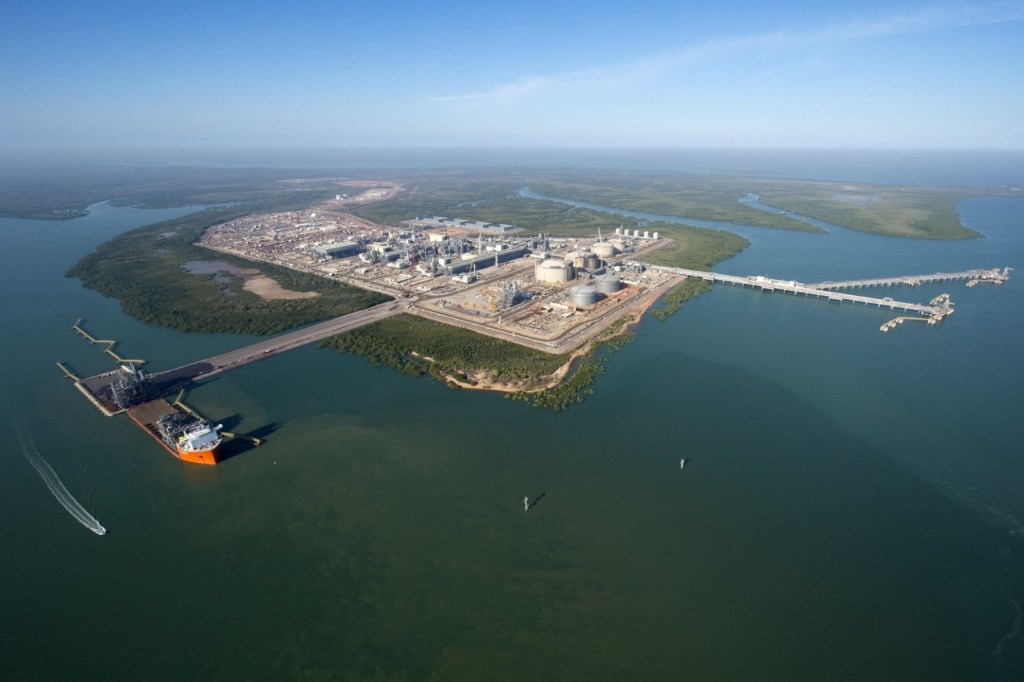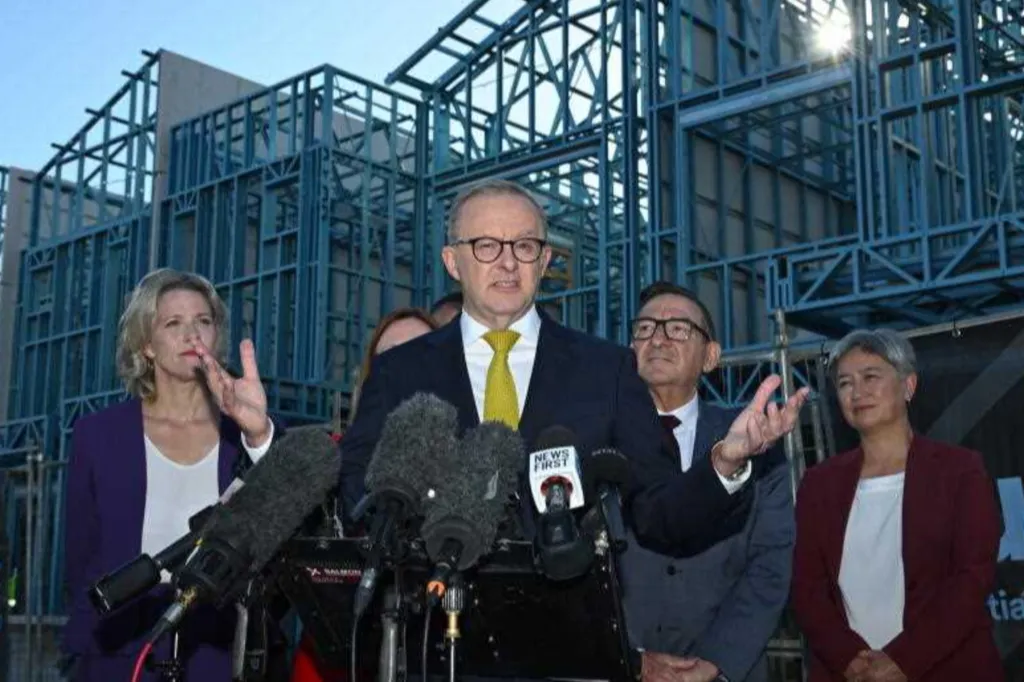Australia’s economy since 1966 explained in one simple chart
Our resident Stats Guy takes a look at the national unemployment rate from the 1960s to now to see what the future holds.

The squiggly line below displays our national unemployment rate and tells the story of the Australian economy over the last six decades.
We went from super-low figures in the 1960s to volatile swings in the 1980s and 1990s, to stable 2010s – and might go back to 1960s figures again in a decade.
Each major shift has been driven by demographics, macroeconomic jolts, technology and even political decisions. Let’s take a closer look at Australia’s economic history throughout the decades together.
The 1960s: The era of (near) full employment
In the 1960s, Australia enjoyed remarkably low unemployment rates of around 2 per cent.
World War II had just ended, the Great Depression was in the rearview mirror, and the nation took a sigh of relief.
A strong sense of optimism leads to a postwar baby boom. Manufacturing is robust, Holdens are being mass produced, roads are getting built, and the economy expands at pace and absorbs almost all available labour.
We saw relatively few young men entering the workforce as their birth cohort wasn’t huge.
The almost 40,000 Australian men who lost their lives in WWII left a hole in the workforce. Only around a third of all women participated in the workforce when the war had ended (today around two-thirds of women are in the workforce).
Industrial policy prioritised full capacity and immigration programs were relatively suppressed.
In short, Australia was running on a strong growth engine with sufficient job creation to match the slowly evolving workforce – economic equilibrium in a rapidly developing nation.
You might like
The 1970s: Boomers enter the labour market
In the 1970s the unemployment rate quickly doubled as the huge Baby Boomer generation (born 1946-63) entered the workforce.
This surge in labour supply increased competition for jobs, drove down wages, and the unemployment rate saw post war highs.
The macroeconomic environment was tough too. Global oil shocks and ensuing stagflation meant that economies around the world were hit by rising costs and slower growth.
Geopolitical uncertainty and shifts in industrial policy further muddied the waters. The result was a labour market that was no longer able to keep pace with the surging numbers of job seekers – a trend that set the stage for economic restructuring in the years to follow.
The 1980s: Structural shifts and economic restructuring
The 1980s were marked by significant change.
Australia began to feel the impact of global competition and rapid technological advancement. Industries that had powered the post war boom, such as manufacturing, declined in relative terms and made up a smaller share of GDP and employment numbers.
Australia shifted instead towards service-oriented jobs.
Deregulation and labour market reforms that were designed to modernise the economy, led to transitional job losses.
Workers found themselves needing new skills in a rapidly changing market, and unemployment spiked as the economy adjusted. In hindsight we can see this as “short-term pain for long-term gain” as Australia shifted from an industrial to a more diversified and modern knowledge-based economy.
The falling unemployment rate throughout the 1980s was aided by the fact that the older members of Gen X (born 1964-81) entered the workforce.
Gen X is a famously small generation. Had a larger generation begun their careers throughout the 1980s, Australia would’ve recorded higher unemployment rates.
The 1990s: Stabilisation and adaptation
The 1990s started with a recession in which the unemployment rate lifted above 10 per cent from September 1991 until April 1994.
By the mid-’90s, the unemployment rate started its steady decent, but it took a decade until the rate was halved from its peak of 11 per cent. Labor market policies became more flexible, and productivity improvements started to deliver dividends.
Demographically, only the small cohort of Gen X needed to be integrated into the workforce. Gen X didn’t start their careers in an ideal macro-environment, but things constantly pointed upwards for them.
The 2000s: Boom, bust, and recovery
Stay informed, daily
In the early 2000s, Australia was riding high on an improved global standing (not least due to the Sydney Olympics) and delicious commodity sales.
The global macroeconomic environment was stable, and everyone was giddily selling stuff to the newly emerged Chinese middle-class. Unemployment remained low as businesses expanded and the labour market tightened.
The global financial crisis of 2008 was a reminder that all good things must come to an end.
As financial markets faltered and consumer confidence waned, the Australian unemployment rate climbed up again. Swift policy responses (in the form of fiscal stimulus packages and monetary policy) helped cushion the blow, and Australia avoided a recession.
The 2010s to today: New normal and cautious recovery
The 2010s brought a period of relative calm with consistently low unemployment rates (around the 5.5 per cent mark) to Australia.
Our national obsession with lifestyle encouraged strong domestic demand and our migration policies allowed for stable population growth.
As everyone expected a bit more of the same, the pandemic hit in 2020 and sent shockwaves through the labour market, causing a sharp rise in unemployment as many jobs weren’t financially viable in times of prolonged lockdowns.
Government support measures and rapid adjustments in business practices (a rapid take up of working from home enabled by a recently completed National Broadband Network) enabled a swift recovery.
The coming decade: What does the future hold?
Obviously, we don’t know what the future holds for sure, but demographics allow us to think about likely unemployment scenarios.
As I described in previous columns, Australia is running out of workers. This suggests that even in a scenario of massive investments into AI, automation, and robotics, we still won’t see high unemployment rates.
Further, we must remember that Australia isn’t a complex society. We are in fact a very simple economy.
For a living we export mining products, agricultural produce, and entertain a few tourists and educate a few foreigners in our universities – that’s the only for export sectors that matter.
I would argue that none of our four economic pillars is at structural risk in the coming decade and will continue to deliver wealth and job growth.
We would need to seriously drive our economy against the wall to see the unemployment rate to go up to 6 per cent again. On average, I would very much expect the unemployment rate to have a four in front throughout the coming decade.
This means workers can ask for decent wages and earnings will be nice and high.
Unfortunately, Australians will likely feel poor as neither major party will seriously tackle the housing affordability crisis. Cost of living will also likely be high as I described in an earlier piece.
Wrapping it up
The squiggly line showing Australia’s unemployment rate is narrative telling of demographic shifts, economic policies, and global events.
The near-full employment of the 1960s reflects a period when economic expansion outpaced a modestly growing workforce. The 1970s reveal how demographic booms and external shocks can quickly tip the balance.
Subsequent decades have shown that structural reforms and timely government interventions can steer the economy back on track.
As we look to the future, understanding these patterns is key to crafting policies that keep our economy resilient and our workforce thriving.
Simon Kuestenmacher is a co-founder of The Demographics Group. His columns, media commentary and public speaking focus on current socio-demographic trends and how these impact Australia. His podcast, Demographics Decoded, explores the world through the demographic lens. Follow Simon on Twitter (X), Facebook, or LinkedIn.




